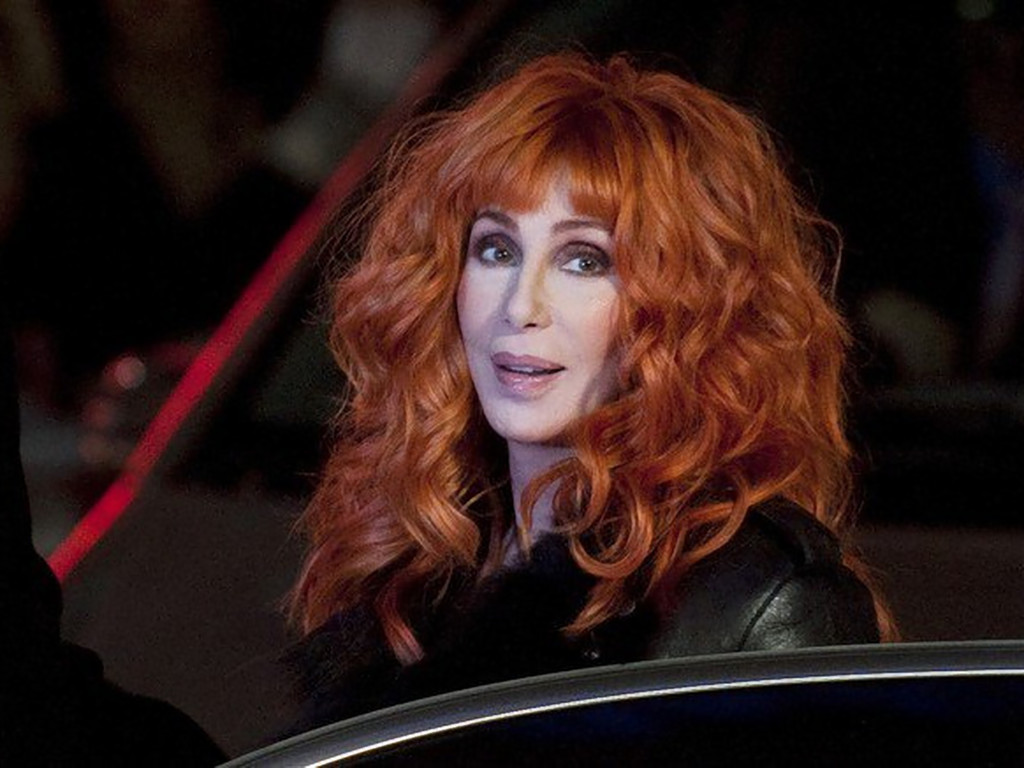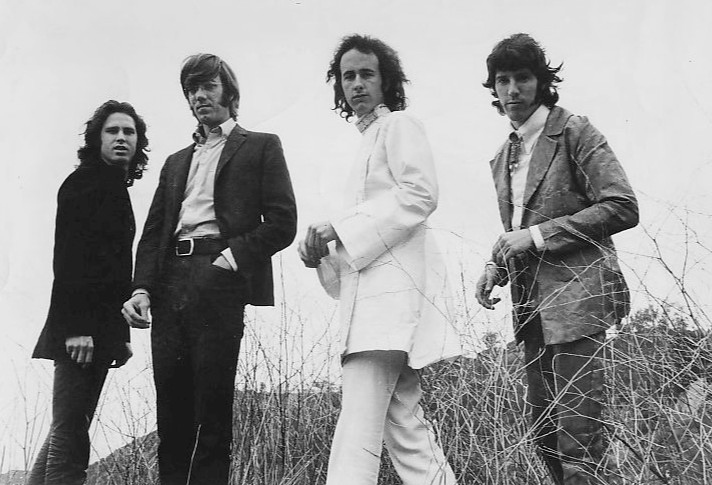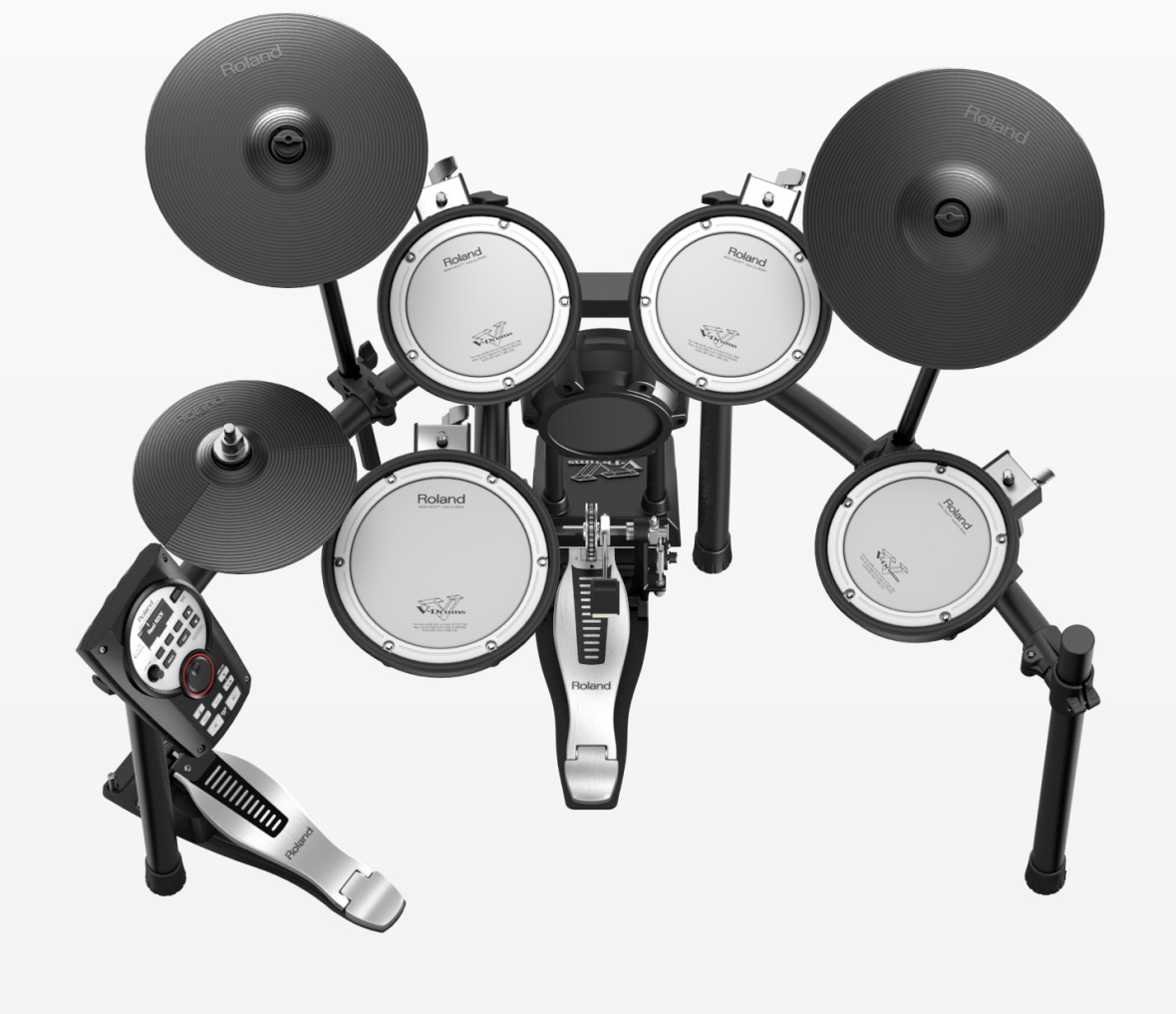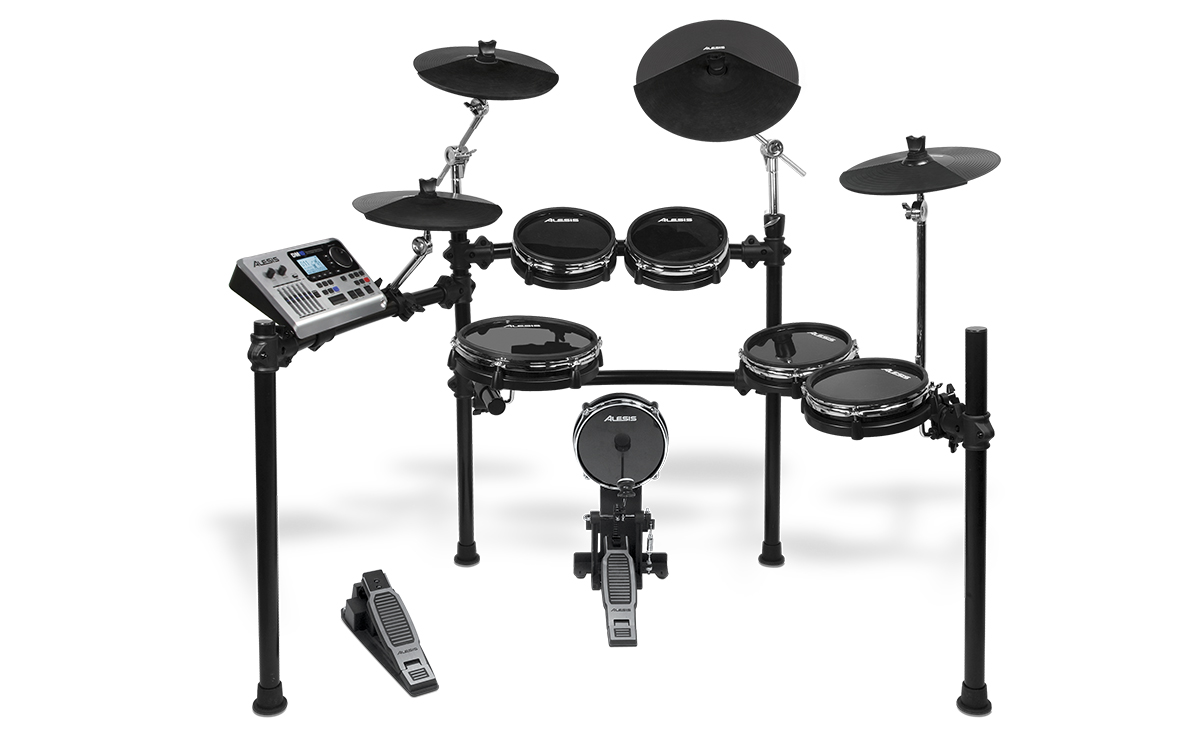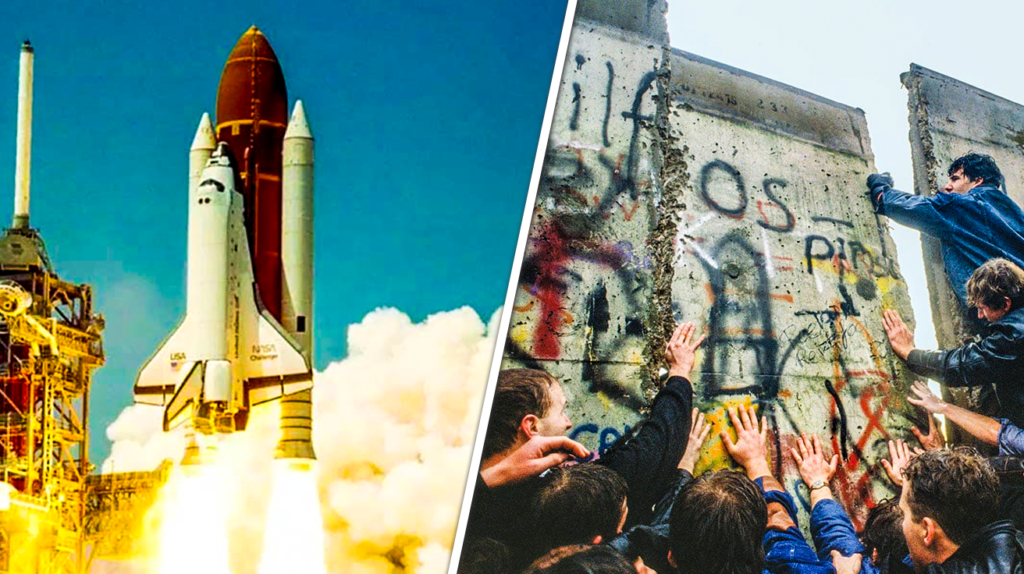
The 1980s were a transformative decade that reshaped the world in many ways. From groundbreaking scientific discoveries to significant political shifts, the events of this era have had lasting impacts that continue to influence our lives today. Here’s a look at some of the most pivotal moments from the 80s that changed everything.
15. The Space Shuttle Challenger Disaster

The explosion of the Space Shuttle Challenger in 1986 changed the course of space exploration and public safety protocols. Millions of Americans watched live as the shuttle broke apart 73 seconds after launch, killing all seven crew members, including teacher Christa McAuliffe. NASA suspended shuttle flights for nearly three years while implementing stricter safety measures. This tragic event reshaped how organizations approach risk management and public accountability.
14. The Fall of the Berlin Wall

The demolition of the Berlin Wall in 1989 marked one of the decade’s most powerful symbols of change. East German authorities unexpectedly announced that citizens could visit West Germany, leading to a peaceful revolution. Thousands of people from both sides of the wall gathered to celebrate and begin dismantling the barrier with hammers and chisels. This historic moment signaled the beginning of German reunification and the end of the Cold War division in Europe.
13. The Aerobics and Fitness Craze

The fitness industry exploded in popularity during the 1980s, fundamentally changing how Americans approach exercise and health. Jane Fonda’s first workout video in 1982 launched a revolution, selling an unprecedented 17 million copies and inspiring countless imitators. Health club memberships doubled across the nation as aerobics classes, spandex outfits, and personal training became part of mainstream culture. You can trace many of today’s fitness trends, from boutique gyms to home workout videos, back to this decade’s transformation of exercise from a niche activity into a lifestyle movement.
12. The Video Game Industry Crash and Revival

The video game industry experienced a dramatic collapse and rebirth during the 1980s. The market crashed in 1983 due to oversaturation and poor quality control, with revenues falling by 97%. Nintendo revitalized the industry with the introduction of the Nintendo Entertainment System (NES) in 1985, establishing quality standards and third-party licensing practices. The foundations of today’s $200 billion gaming industry were laid during this transformative period.
11. The Rise of Japanese Economic Power

Japan emerged as a global economic powerhouse during the 1980s, challenging American industrial dominance. Japanese companies like Toyota and Sony became household names worldwide, with Japan’s GDP growing to become the second-largest in the world. The country’s manufacturing efficiency and quality control methods revolutionized industrial production. You can still see the influence of Japanese management techniques and technological innovation in today’s global business practices.
10. The Music Video Revolution

MTV launched in 1981, forever changing how people consume music and entertainment. The network aired its first music video, “Video Killed the Radio Star,” signaling a new era where visual presentation became as important as musical talent. Artists like Michael Jackson and Madonna used this platform to become global cultural icons, with Jackson’s “Thriller” video costing a record-breaking $500,000 to produce. You can trace many of today’s visual marketing strategies and music promotion techniques back to this revolutionary period in entertainment history.
9. Discovery Of The DNA Fingerprint
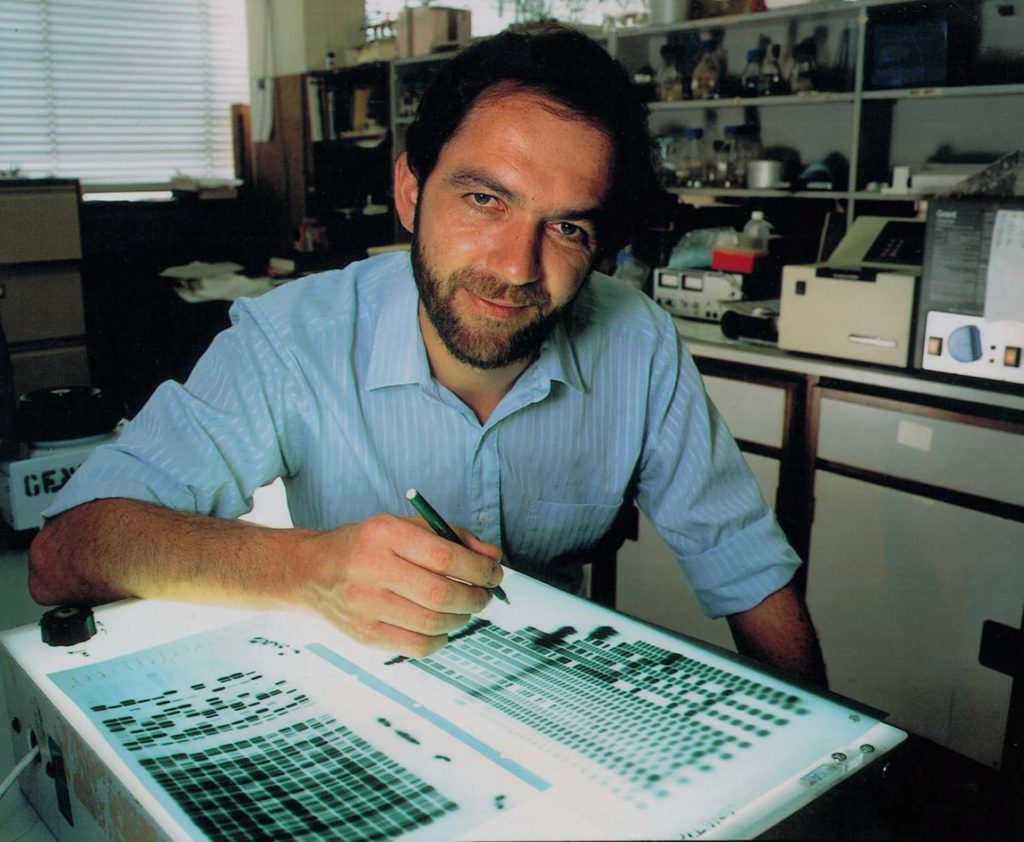
In 1984, British geneticist Sir Alec Jeffreys made a groundbreaking discovery that would change the landscape of forensic science forever. He identified unique patterns in DNA, creating what we now know as DNA fingerprinting. This innovation allowed law enforcement to accurately identify suspects and exonerate the innocent. Today, DNA testing is a standard practice in criminal investigations and has also advanced medical research, leading to personalized treatments based on genetic makeup.
8. Man-Made Environmental Disasters
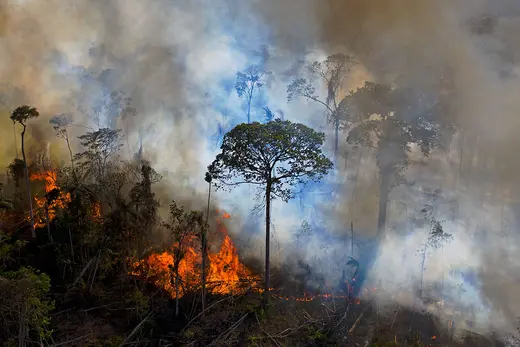
The 1980s saw a surge in man-made environmental disasters, largely due to globalization and deregulation. One of the most catastrophic events was the Bhopal disaster in 1984, where a gas leak from a pesticide plant in India resulted in thousands of deaths and long-term health issues for the local population. Similarly, the Chernobyl nuclear disaster in 1986 released massive amounts of radioactive material, causing widespread environmental damage. These events raised awareness about the need for stricter regulations to protect both people and the planet.
7. Rise Of Wealth Inequality
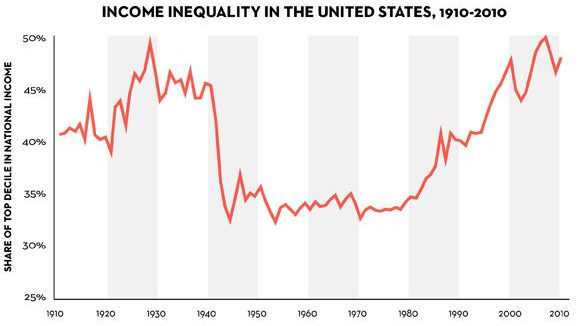
The economic policies of the 1980s, particularly under President Ronald Reagan in the U.S. and Prime Minister Margaret Thatcher in the U.K., led to significant changes in wealth distribution. Reagan’s tax cuts and deregulation favored corporations and the wealthy, resulting in a booming stock market but also increasing income inequality. While the rich got richer, wages for middle and lower-income workers stagnated. This shift in economic policy has had lasting effects on the global economy, influencing political discourse to this day.
6. The HIV/AIDS Epidemic
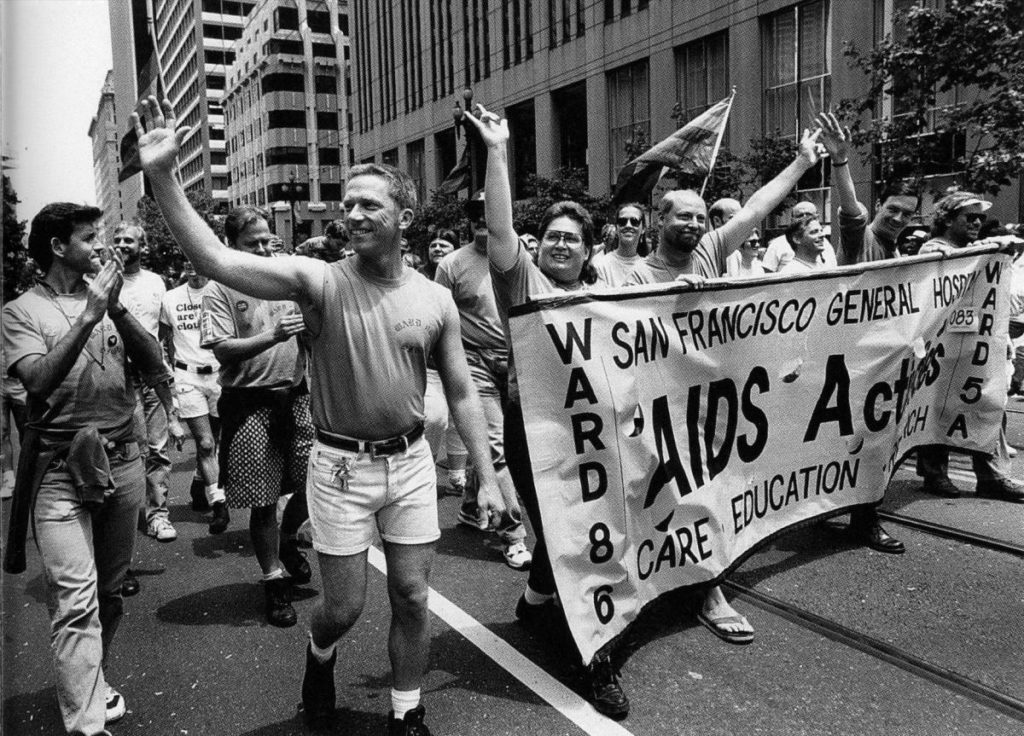
The early 1980s marked the beginning of the HIV/AIDS epidemic, which devastated communities, particularly among marginalized groups. Initially met with fear and stigma, the disease forced governments and health organizations to respond urgently. Activists worked tirelessly to raise awareness and push for funding for research and treatment. By the late 1990s, initiatives like PEPFAR were established, providing life-saving treatments and significantly reducing the spread of the virus.
5. A Global Spike In Political Assassinations

The 1980s were marked by a wave of political assassinations and attempts that shook the world. In 1981, President Ronald Reagan survived an assassination attempt, while Pope John Paul II was nearly killed the same year. The decade also saw the murders of prominent figures like Indian Prime Minister Indira Gandhi and El Salvador’s Archbishop Oscar Romero. These events highlighted the intense political tensions of the time and the lengths to which individuals would go to achieve their goals.
4. Globalization And Free Trade
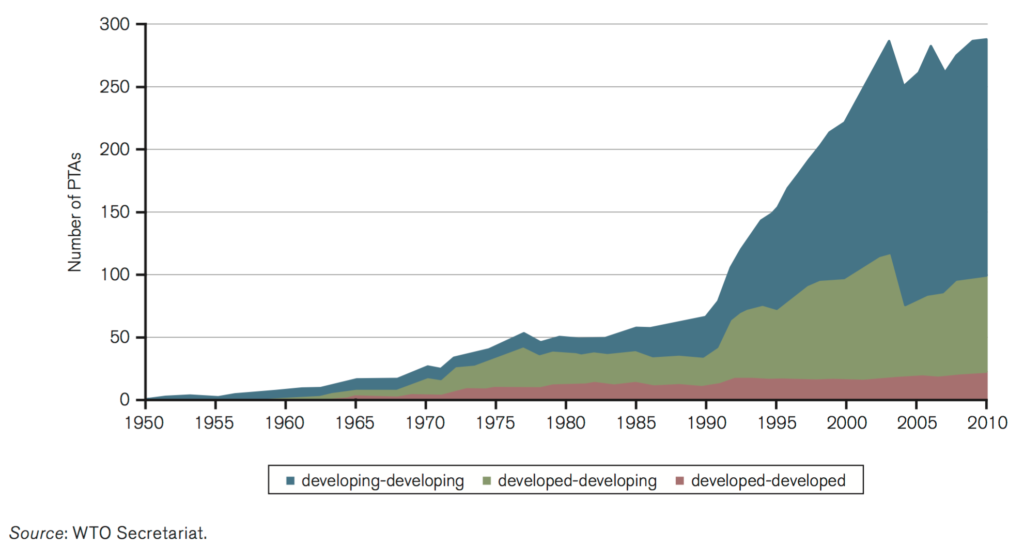
The combination of technological advancements and neoliberal economic policies in the 1980s led to a surge in globalization and free trade. Leaders like Reagan and Thatcher championed these changes, which reduced trade barriers and promoted open markets. While this led to economic growth and innovation, it also resulted in job displacement and increased inequality in industrialized nations. The effects of these policies are still felt today as economies continue to adapt to a globalized world.
3. The Death Of Leonid Brezhnev
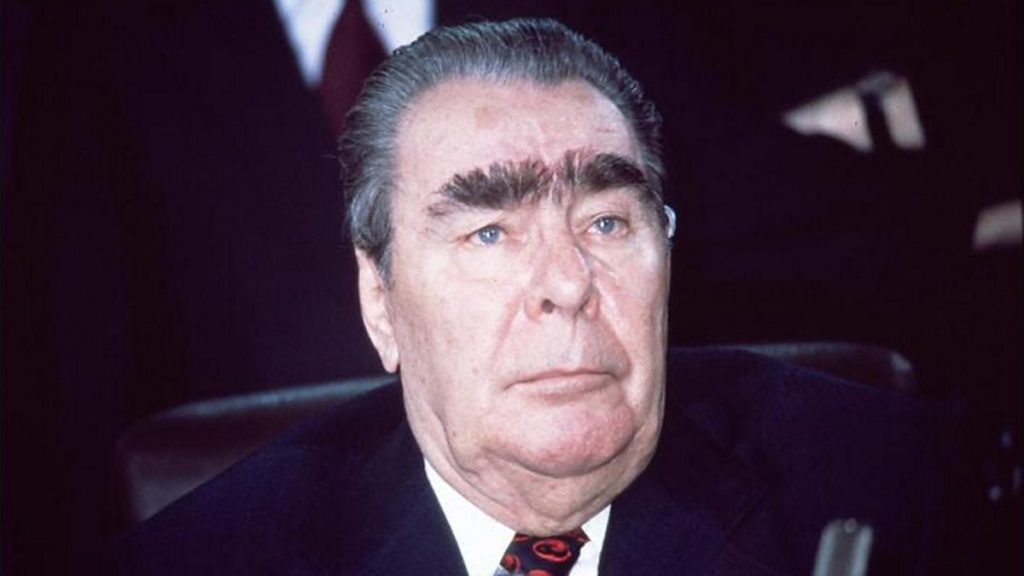
The death of Soviet leader Leonid Brezhnev in 1982 marked a significant turning point in the Cold War. His passing opened the door for reforms under Mikhail Gorbachev, who introduced policies like glasnost (openness) and perestroika (restructuring). These changes aimed to revitalize the stagnant Soviet economy and loosen state control, ultimately leading to the end of the Cold War and the dissolution of the Soviet Union by 1991.
2. Deng Xiaoping’s Open Door Policy
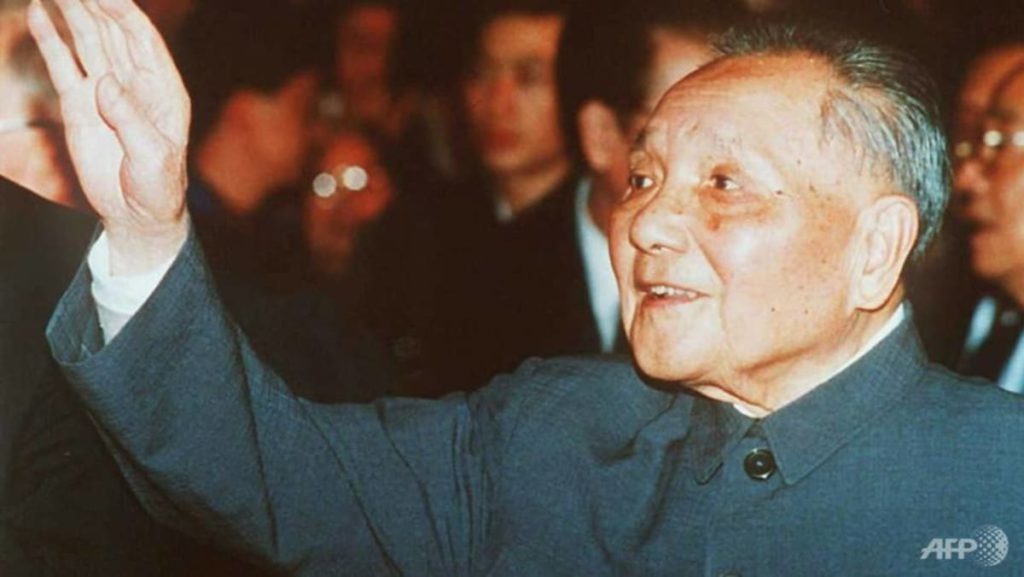
In the late 1970s and throughout the 1980s, Deng Xiaoping implemented the Open Door Policy in China, shifting the country from strict communist controls to market-oriented reforms. This policy attracted foreign investment and transformed China into a global economic powerhouse. As a result, hundreds of millions of people were lifted out of poverty, and China emerged as a key player in global trade and finance, challenging U.S. dominance in the years to come.
1. The Rise Of Personal Computing
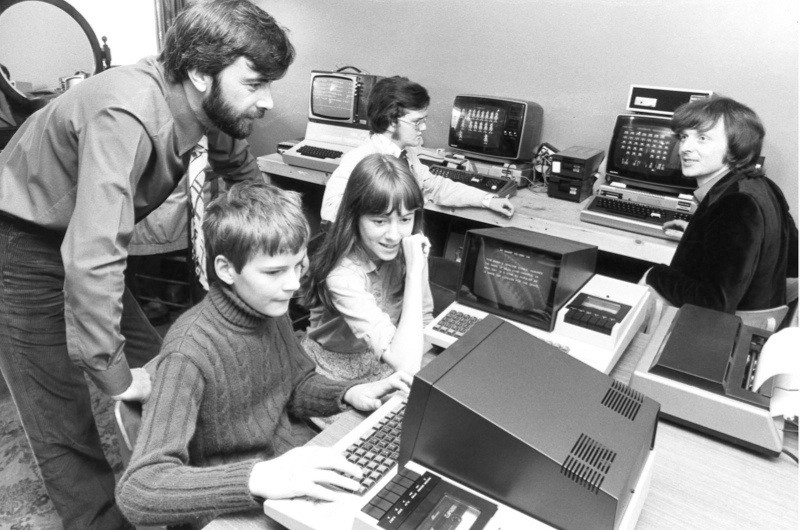
The 1980s witnessed the rise of personal computing, which revolutionized how people interacted with technology. Early computers like the Apple Macintosh and IBM PC made technology accessible to the masses, sparking a digital revolution. This era laid the groundwork for the internet and the tech-driven world we live in today. The impact of personal computing continues to shape industries, from healthcare to entertainment, and has fundamentally changed our daily lives.









